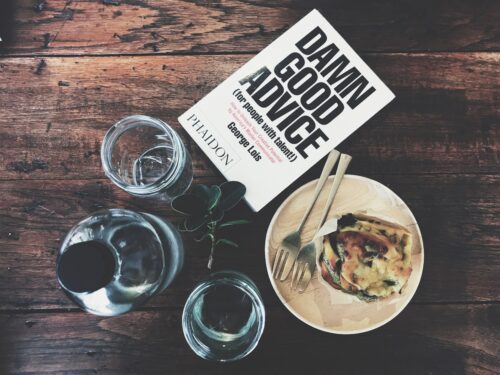How Can I Make the Media’s Lives Easier?
What is one simple thing PR folks can do to help journalists?
How can I help you?
What would set me apart from other PR folks?
What makes a good story pitch?
How can I increase my chances at getting something covered?
I get these question quite often, be it from the HMA team, when I speak to PR classes at Arizona State University or in my role as a freelance journalist, where I am being asked directly by PR folks pitching me on various stories and ideas.
While my answers usually have a little of THIS and THAT, lately I have been answering in an even more basic way: make someone from your team available off hours and send the right stuff from the onset.
Make Someone Available
Since the onset of the pandemic, many members of the media began working more from home, and several have made the jump to a hybrid or full-time work-from-home situation. Given this, many members of the media may not be working on stories during more traditional work hours. Several are now juggling kids’ and partners’ new school/work schedules and have to get work done on weekends or after dinner.
This doesn’t mean their deadlines have changed, however. For example, a journalist may have emailed needing to fact check something or for additional information at 2 p.m. pre-pandemic with a deadline of early the next morning for feedback. Now, he/she/they may email at 8 p.m. or 9 p.m. (or even on the weekend) with the same need and the same deadline. Therefore, it is critical to have someone on your team “on call” or at the least have someone monitoring the “contact us” page of your website seven days a week. It is also critical if a member of the media contacts you during “off hours” that you at least reply that you got the communication and if you will be able to meet the deadline or not, so they have a chance to move on if needed.
Send the Right Stuff
Far and away, when speaking with media folks and in my own experiences as “media,” the biggest issue that happens over and over again involves images. Often, they are not large enough. Or, they are sent via Google Drive or another service that requires someone to login and be approved. Or, they are file types that cannot be used.
If you want to endear yourself to the media, get this right the first time.
Do not ask a member of the media if a teeny tiny image you right-clicked on and copied from your website or social media page is large enough. It isn’t. It needs to be 300 dpi. How does one find this information? It is SUPER easy. For any image, right click on it and go to “properties” then “details.” You’ll see the DPI in the image section. Anything less than 300 dpi won’t work for most outlets as when blown up or printed or published, the lines are blurry and it looks distorted.
Don’t have a hi-res image? Invest $300 in an HD camera and if at all possible, VOLUNTEER to get some and send them over. Make yourself a hero.
Also, do not send EPS or PDF files. Most of don’t have the programs installed on our computers to open them – those are more for graphic designers and programmers. Send a JPEG that is 300 DPI. Only. A high-resolution JPEG is a graphics file format that compresses more data into available pixels providing an image with less loss. This JPEG format works best with photographs and detail-filled artist renderings, because it preserves more of the original work.
Finally, do not send via a transfer service that requires sign-in, approval, or log-in. This is because most of these default to a Gmail or other address, not the person’s actual work email address. If you send this way, they have to request access, usually at 11:30 p.m. at night when you are sleeping and won’t see it until after their deadline. Just send a Dropbox, High Trail or We Transfer open link they can download and use at their leisure. Keep it simple.
Bonus note: Most of these services have a “share” button. DO NOT share in any other way than copying and pasting the link so they can download. When you do it the other ways offered, there is an extra layer of security on the receiver’s end, more often than not, that is a time killer or isn’t linked to the right email for approval.

